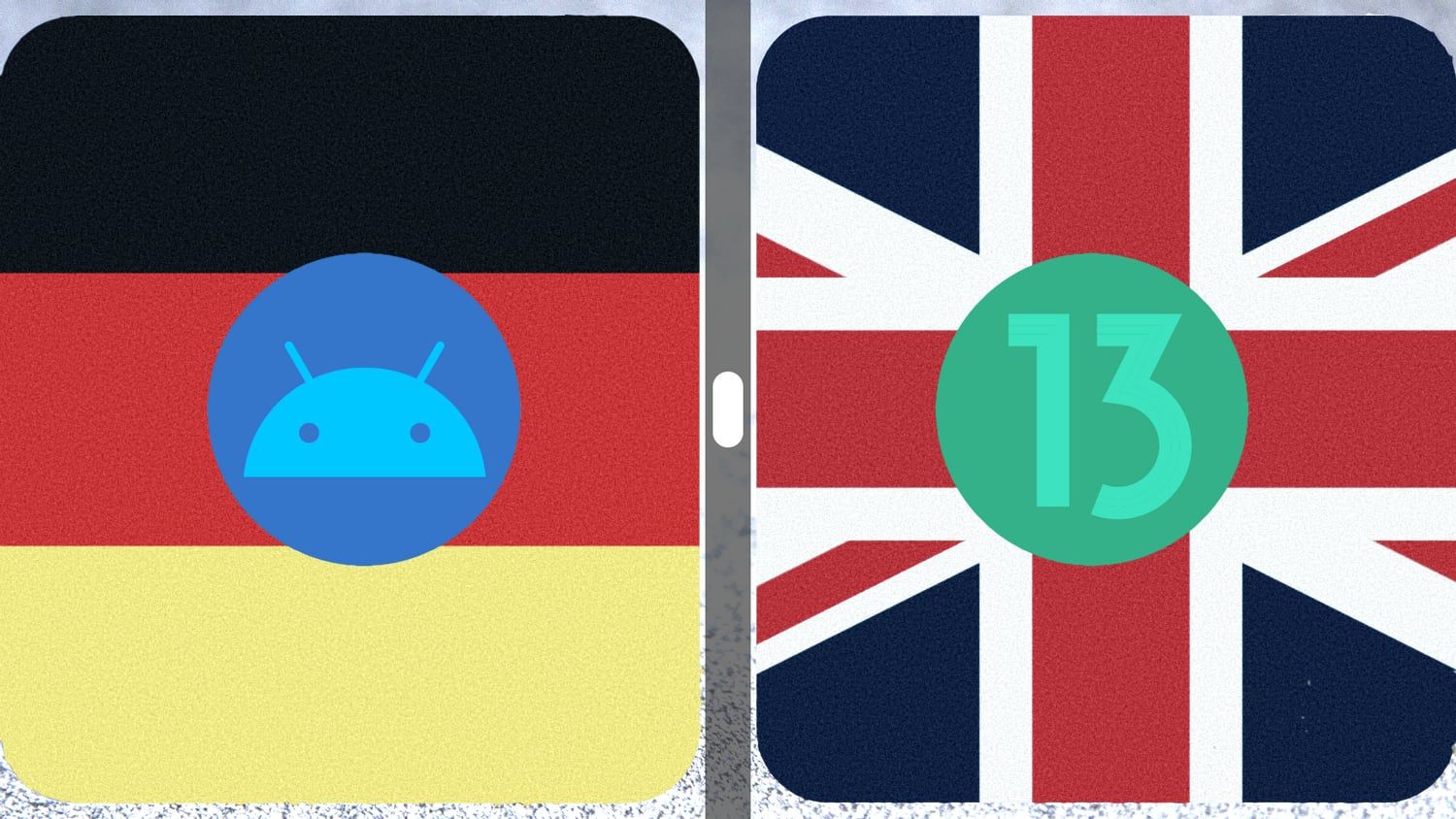Google is a pioneer when it comes to accommodating multilingual users around the globe. Gboard and Google Assistant support seamlessly switching between languages mid-sentence, allowing you to express yourself as you see fit (granted, Google still has its issues with bilingual voice input last time I checked).
At Google I/O 2022, the company announced even more features and further improvements for those of us who routinely juggle two or more languages, and Android 13 Beta 2 has finally added the single feature I’ve been most excited about ever since we leaked it — per-app language options.
As a German guy working for an English-speaking Canadian publication eight hours every workday, routinely watching TV shows and films in English, and speaking a mishmash of German and English with my wife as we see fit, I’ve got my phone language set to English; in fact, virtually all of my tech is set to English. It’s not just that this saves me from switching between languages every time I write an article about a new feature in an app, I also find that Android and many other operating systems are simply better in English. The interface is just better optimized for short, concise English words, with German words sometimes squished or cut off. In short, I simply like having my phone set to English.
However, there is still a plethora of local German-first apps I use on a daily basis, be it for transit, for banking, for calorie tracking, for weather, or for Covid tracing and vaccine passes.
And you wouldn’t imagine how poorly translated many of these are to English.
It’s clear that the language with the most speakers in the world is merely an afterthought for many Germany-centric apps, with some apps even showing select untranslated strings. The German railroad’s DB Navigator app is a particularly egregious example, with me often wondering how English-speaking tourists or visitors are supposed to understand what something like a “24-Stunden Karte Ermäßigungstraif” is (it’s a 24-hour ticket at a reduced price, if you were curious). Even parts of the conditions for a ticket aren’t translated, which just calls for accidental fare dodging.
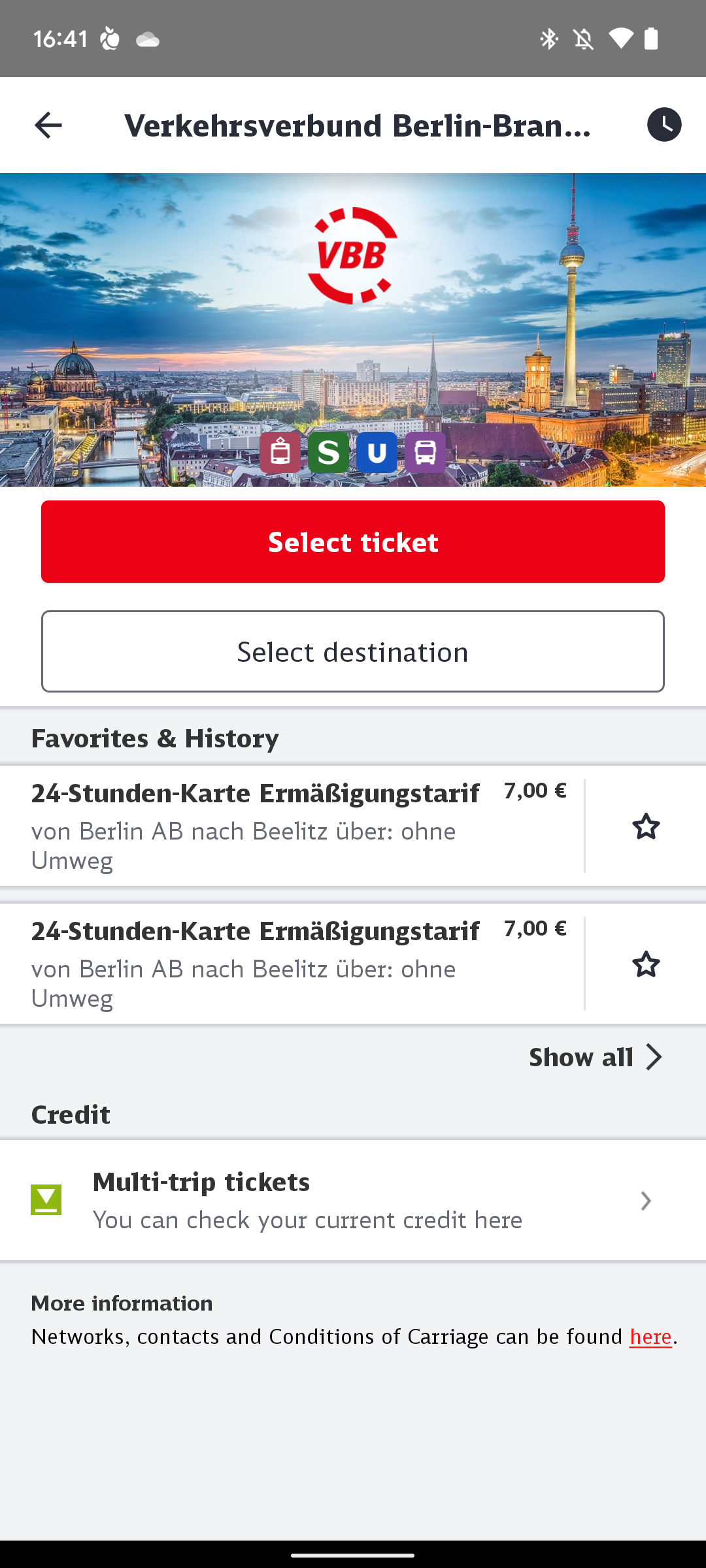
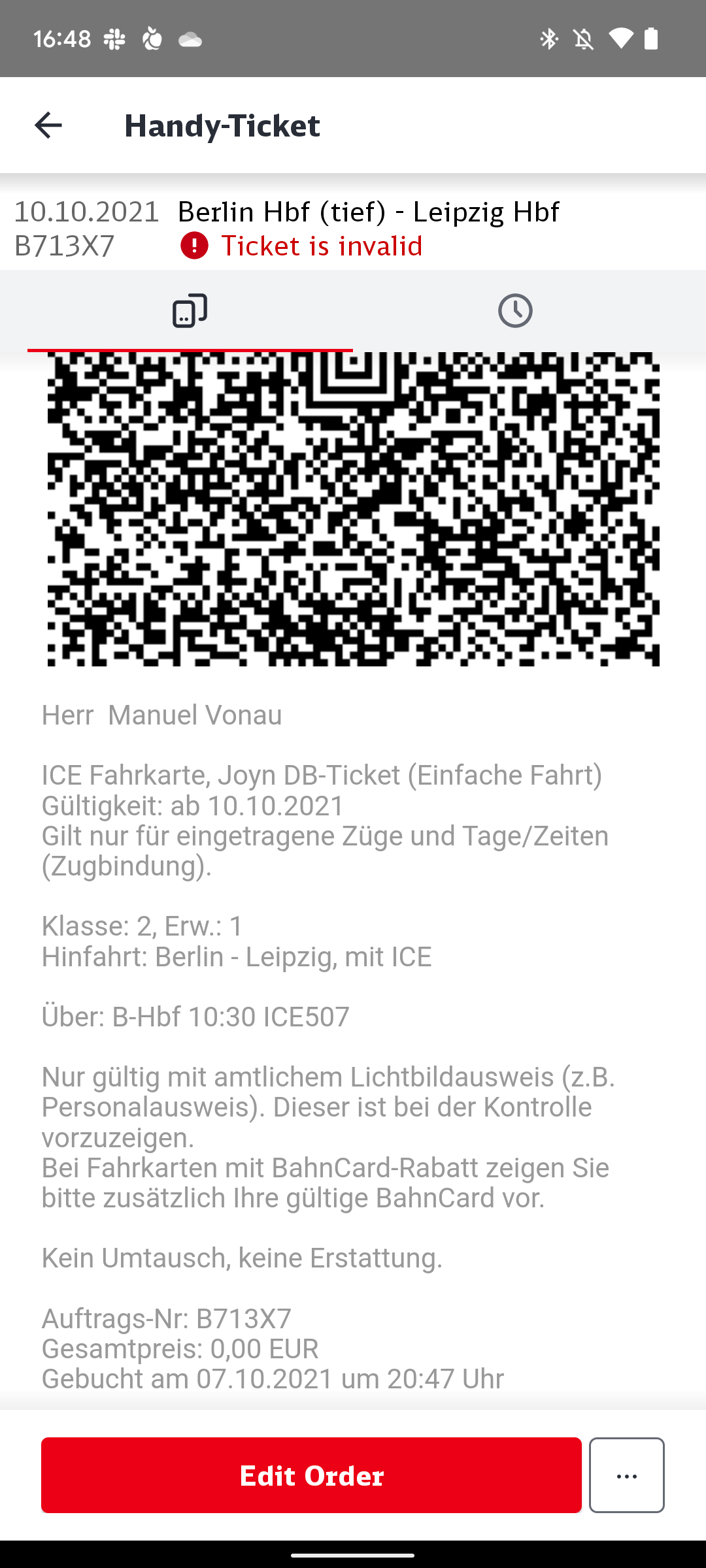
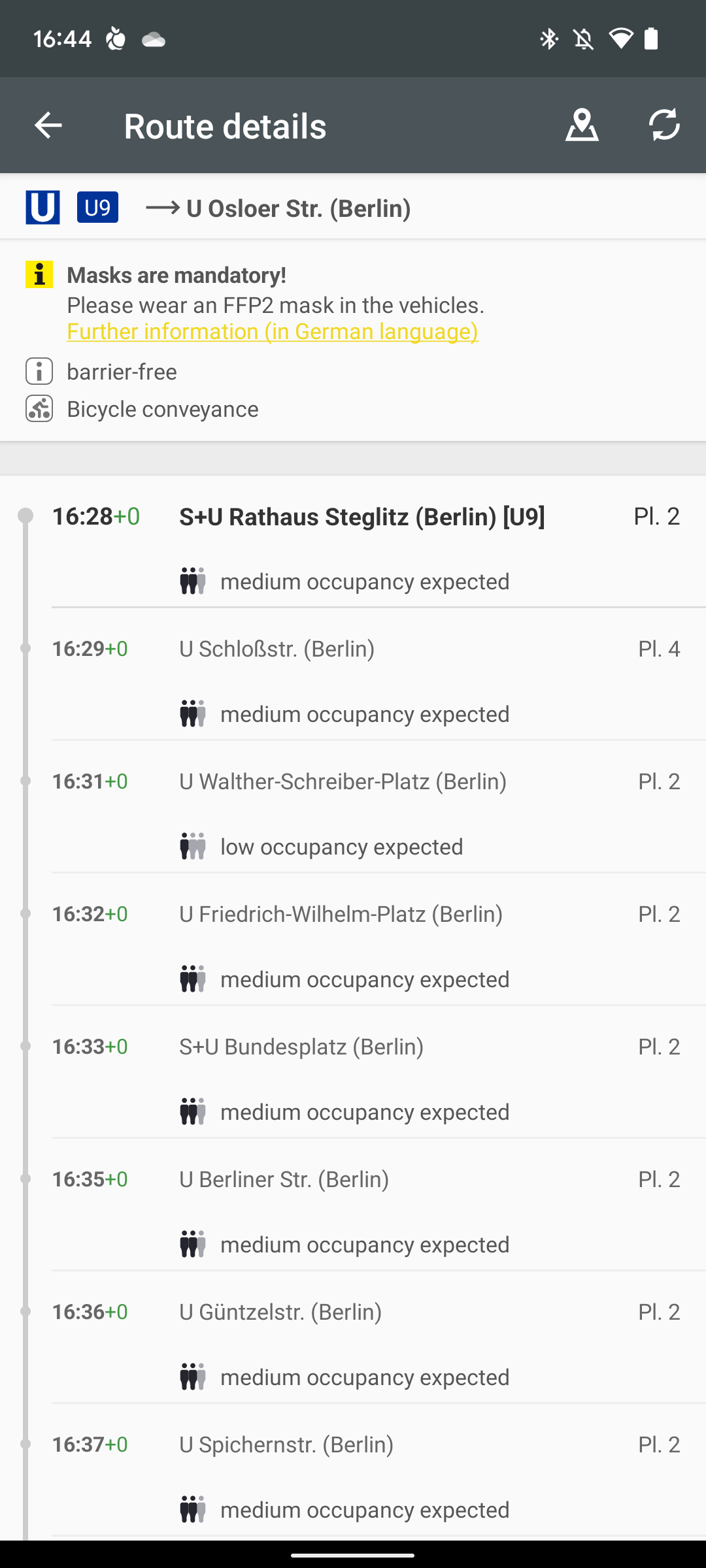
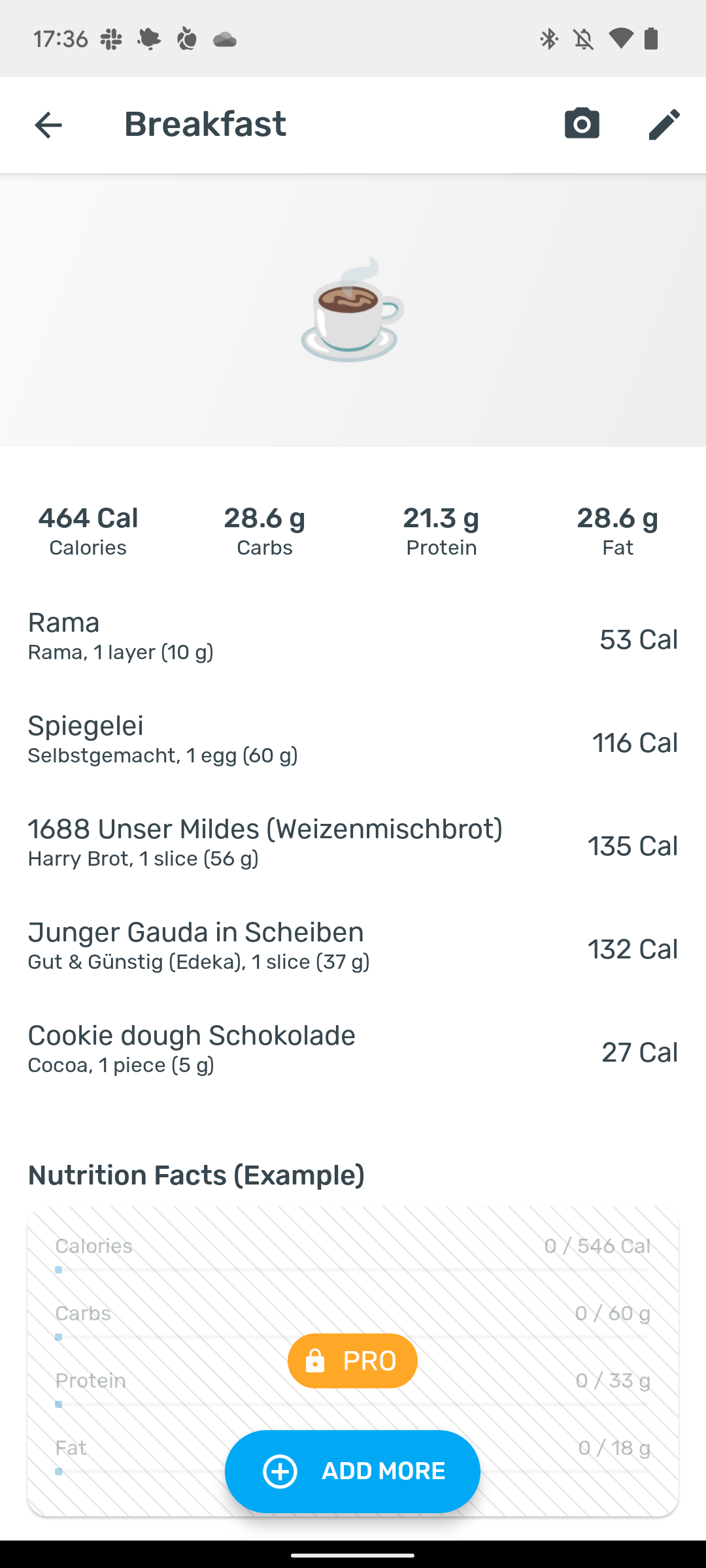
1st & 2nd: DB Navigator with German and English mashup. 3rd: BVG app with further information only available in German (yellow text). 4th: Yazio in English with German food.
I remember one instance years ago when I wanted to cancel a long haul train ride, the English wording in the cancellation policy suggested that I would only have to pay €2.50 instead of the full €20, but instead, that was the total amount that would be refunded — meaning I still ended up paying €17.50 for the canceled ride, which I would not have canceled if I’d known. After I switched my full phone to German to find out what happened, the matter was clear to me.
While matters aren’t this bad with virtually any other app, I just don’t enjoy using the English afterthought of a service when I could just as well use the more refined version of it. This is why Android 13’s multilingual option is so exciting to me.
Android 13 Beta 2 finally enables system-wide per-app language settings, which you can easily access from an app’s info page. On Pixel phones, you can simply tap and hold an app on the home screen, hit the info button, then scroll to Language, and pick whatever your heart desires. I’ve already tried it with some of my usual suspects, like my preferred weather app, the dreaded DB Navigator, and my calorie counting app (because the whole database for the food I enter via barcodes is in German), and it’s working great for the most part.
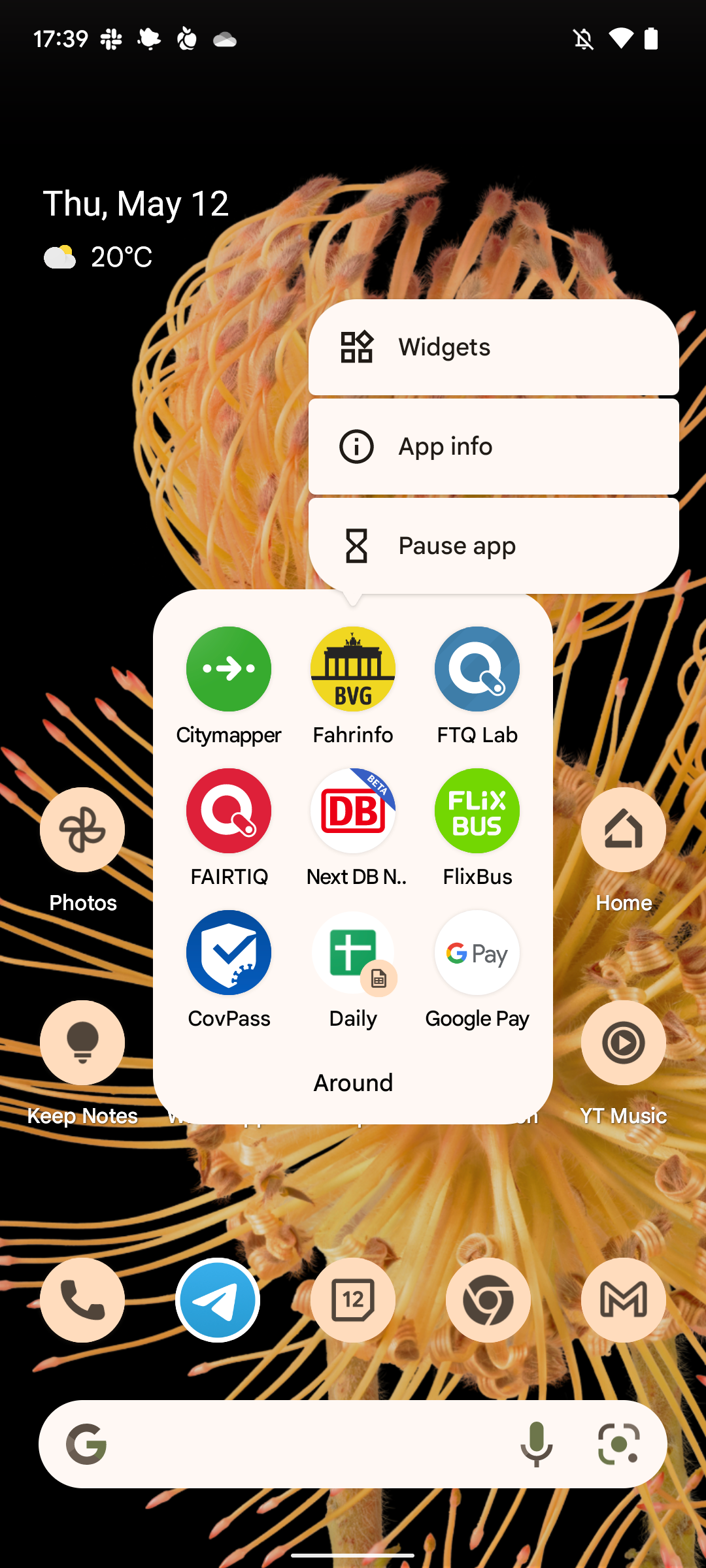
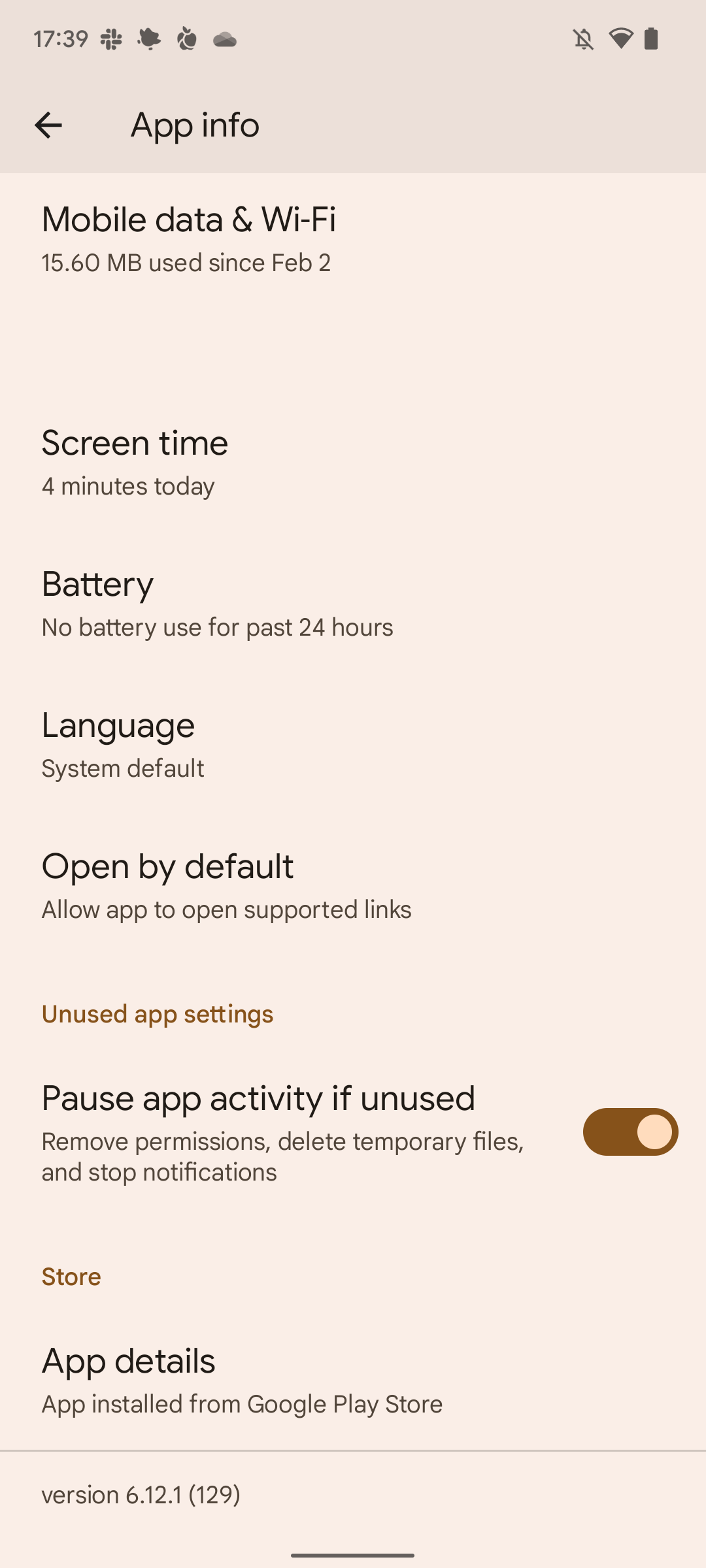
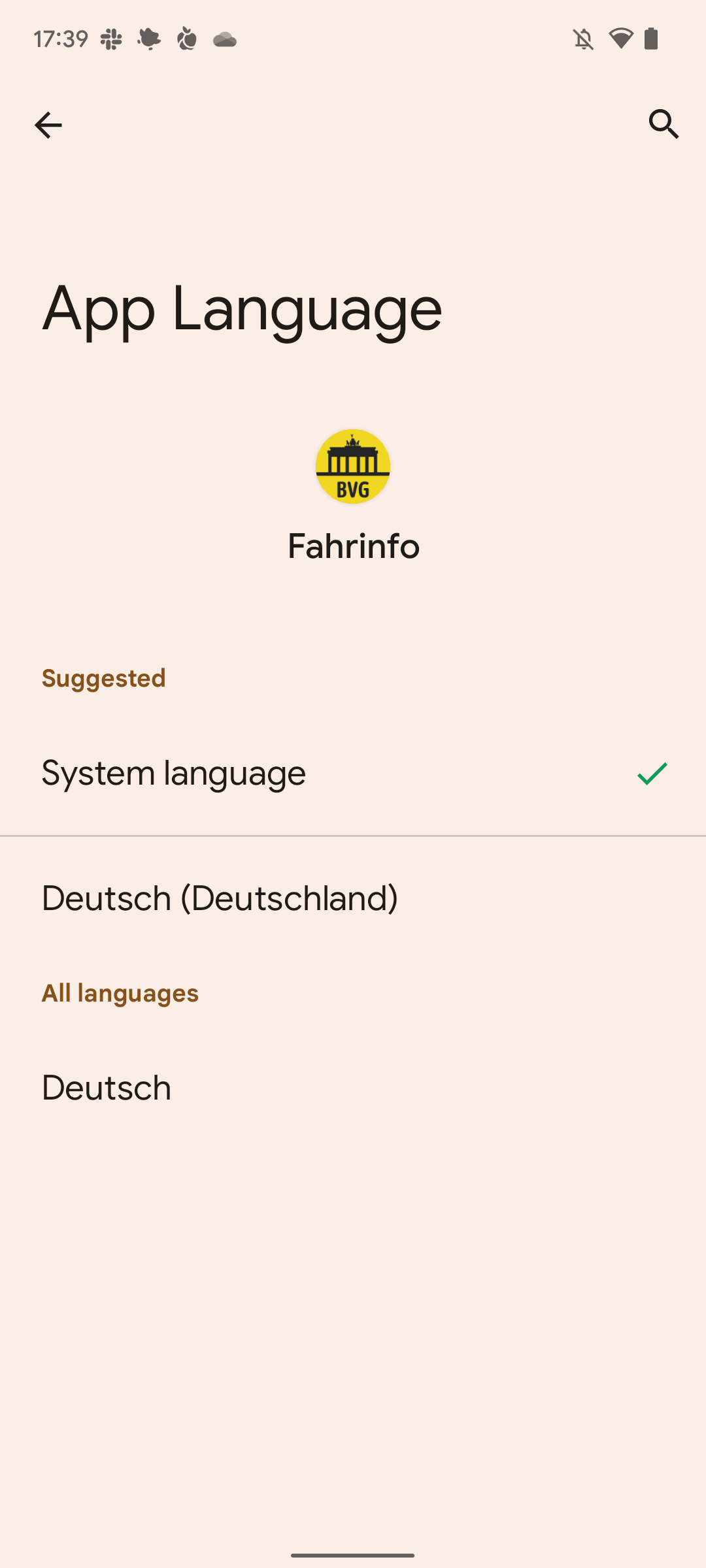
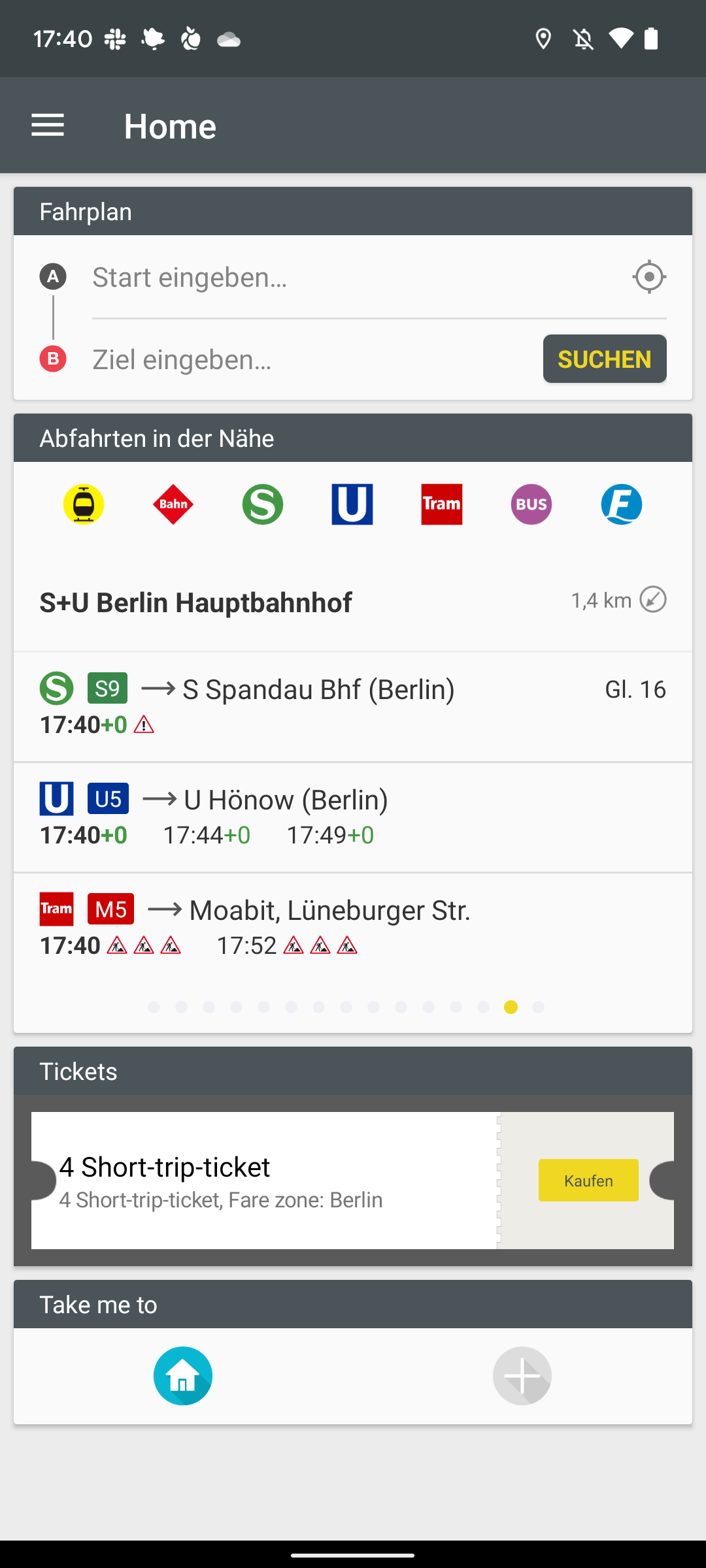
Android 13 only shows supported languages in the app language menu, which are two in this app's case.
Once you switch the language, the app will restart in the background and will display the new language right away. I’ve had only one or two instances where I had to force quit and restart an application to get the changed language to stick. The few apps where this per-app language switching system doesn’t work are those that support switching languages using their custom in-app systems, like Google Maps or Telegram, for example. This makes sense, since these already override the language setting imposed by the system.
As much as I anticipated this option, it’s almost disappointing how incredibly simple and seamless it works. Don’t get me wrong, I’m still excited about it, but it’s just so smooth that you start to take it for granted within hours, even if this is something I have desperately wished for for years. That’s not a bad thing at all — technology is supposed to enhance our lives without us thinking too much about it, and Google has achieved just that with this Android 13 feature.
If you want to give per-app language switching a try yourself, be sure to get acquainted with how to download Android 13 Beta 2. Keep in mind that you might experience issues on your phone, though. Pre-release software is never as stable as the finished product.

